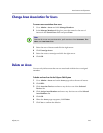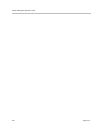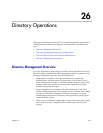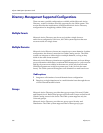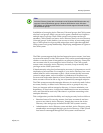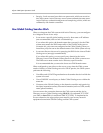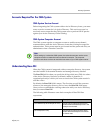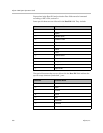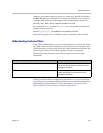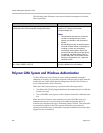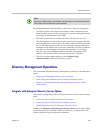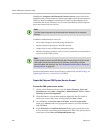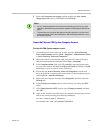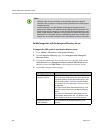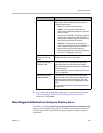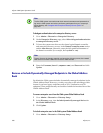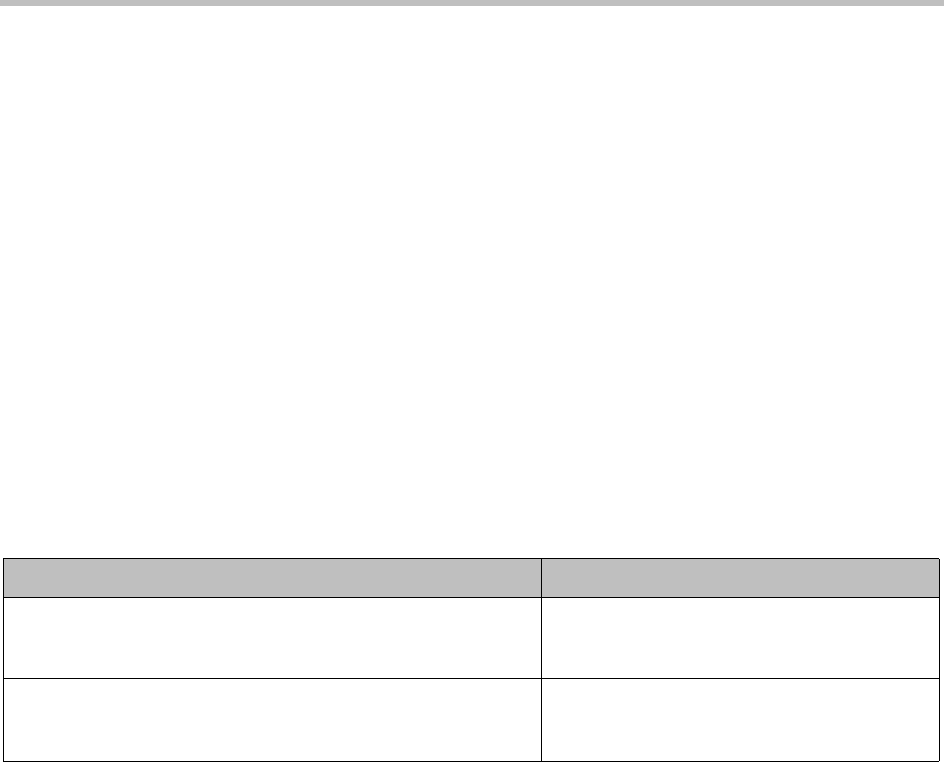
Directory Operations
Polycom, Inc. 361
Therefore, to use these character as part of a name, they must be preceded in
the Base DN field by a backslash. For example, the baseDN of an ou named
"
tom,ann,bob
" in the "myteam.example.com" domain must be entered as:
ou=tom\,ann\,bob\ dc=my team,dc=example,dc=com
Or the baseDN of an ou named "#+,=<>\ " in the "mydomain.example.com"
domain must be entered as
ou=\#\+\,\=\<\>\\\ ,dc=mydomain,dc=example,dc=com
Note that this applies only to attribute values, not the
ou=
or
dc=
structure.
Understanding Exclusion Filters
Using LDAP exclusion filters, you can exclude objects in your directory based
on a wide variety of criteria within your Active Directory environment. Any
LDAP filters that you create must follow the LDAP standard and reference the
LDAP display name of the attributes against which you are filtering.
The following table illustrates some basic examples of exclusion filter
expressions.
Creating exclusion filters can impact the performance of your LDAP queries.
As a best practice, use indexed attributes and do not use medial searches when
implementing exclusion filters. For more information, see Creating More
Efficient Microsoft Active Directory-Enabled Applications.
Search baseDN expression Description
Memberof=cn=Restricted Group,OU=users,dc=example,dc=com Excludes all users who are members of
"Restricted Group" within the Users OU in the
example.com domain.
!(Memberof=cn=Video Users,OU=Users,dc=example,dc=com) Includes only groups and users within the
Video Users group in the Users OU in the
example.com domain.



